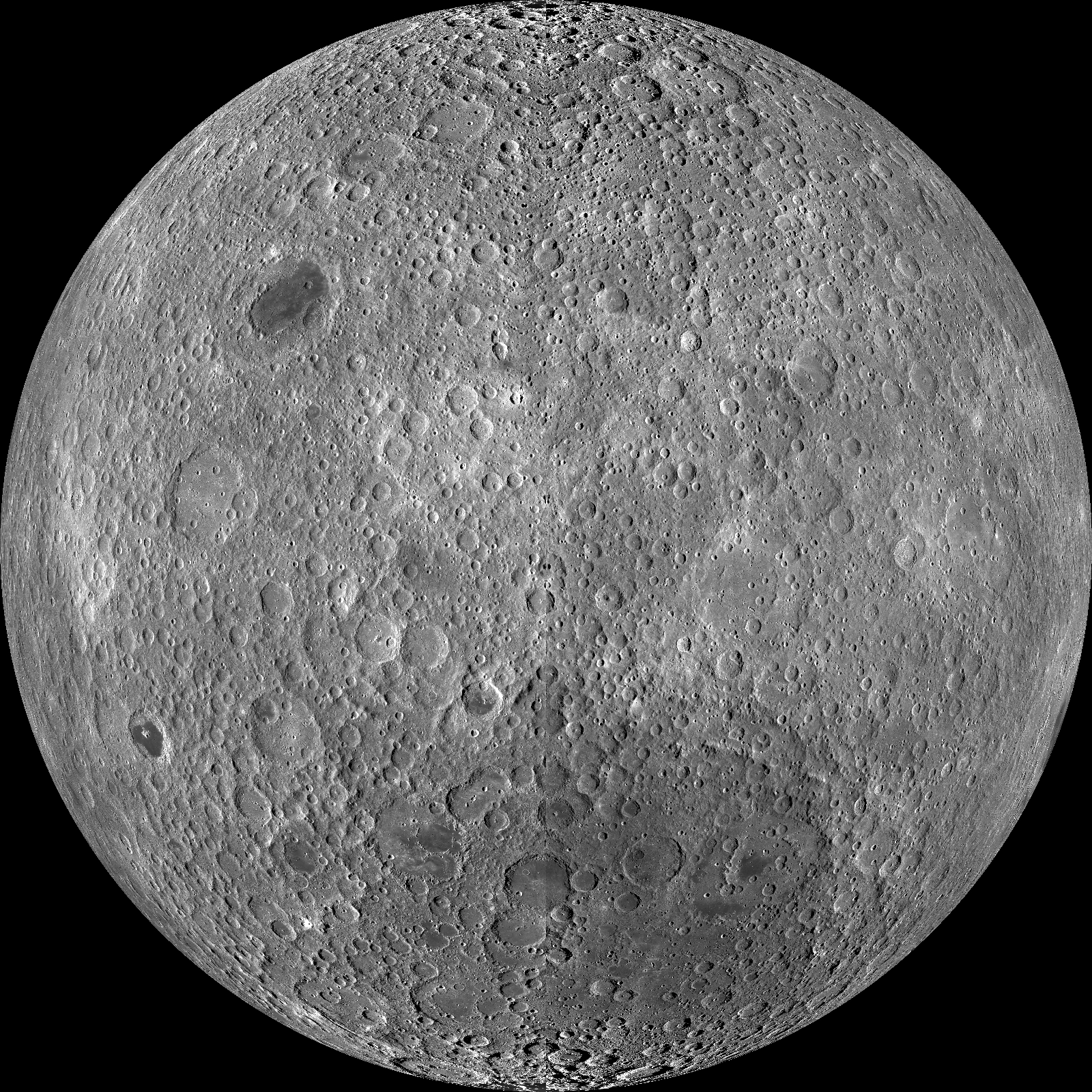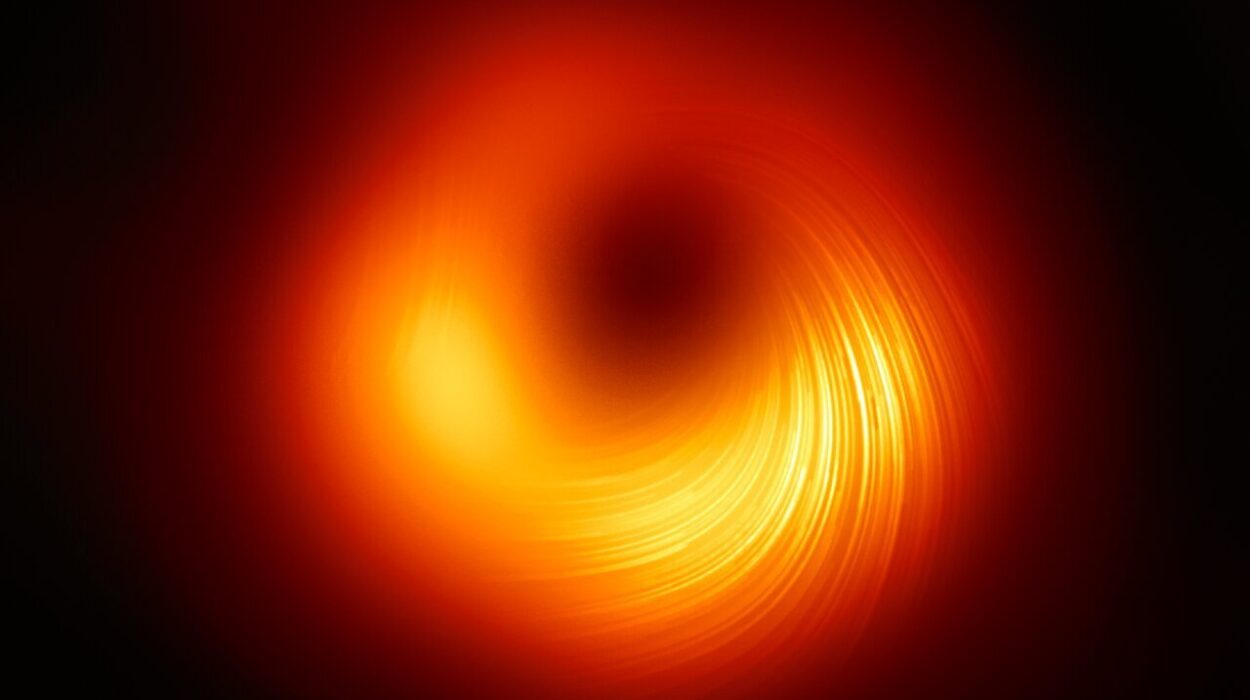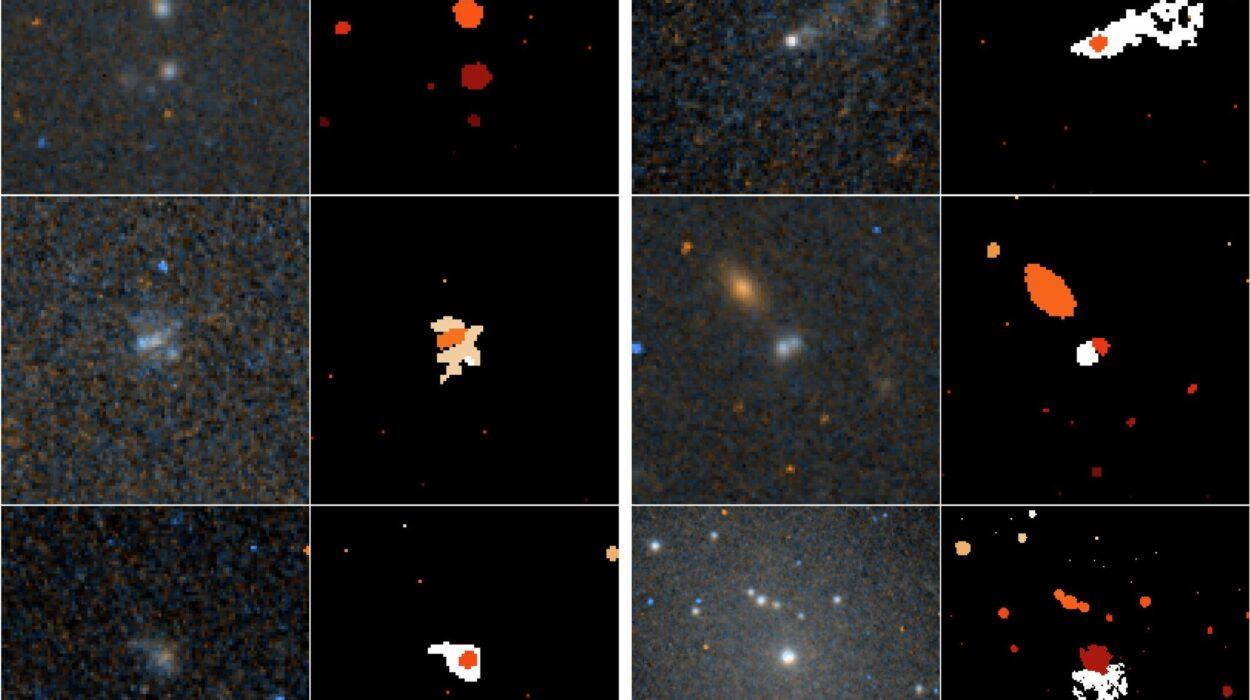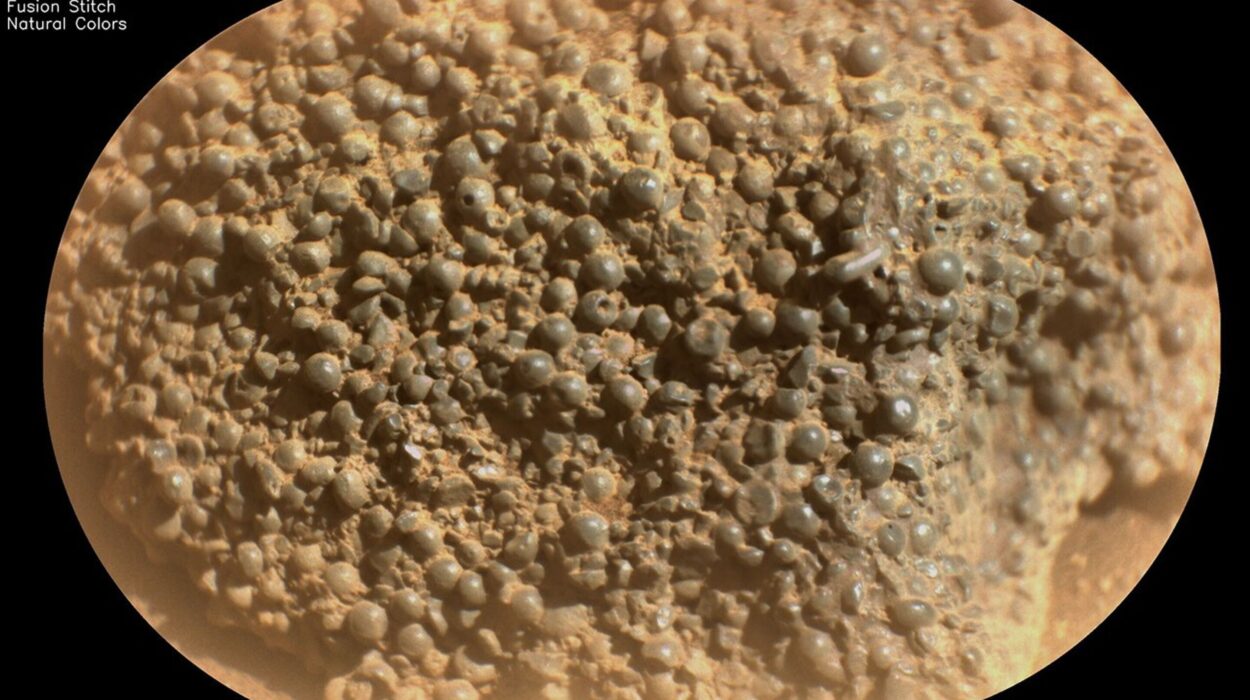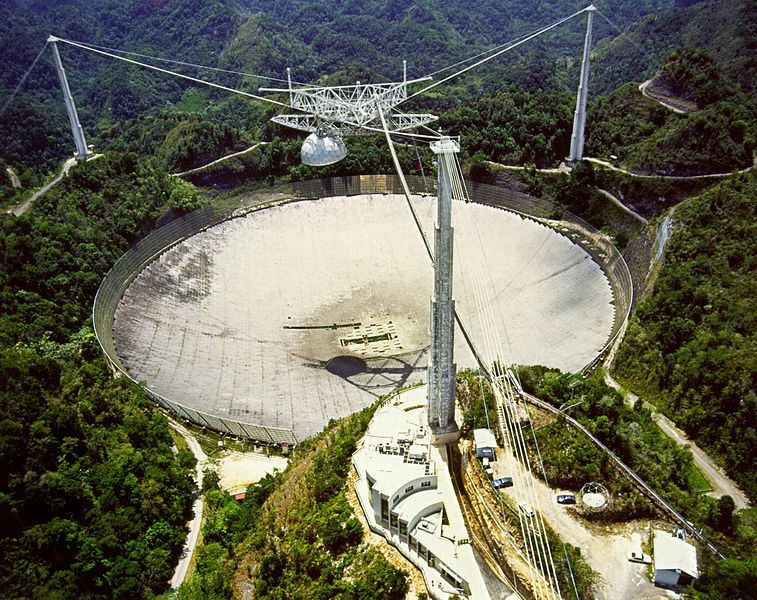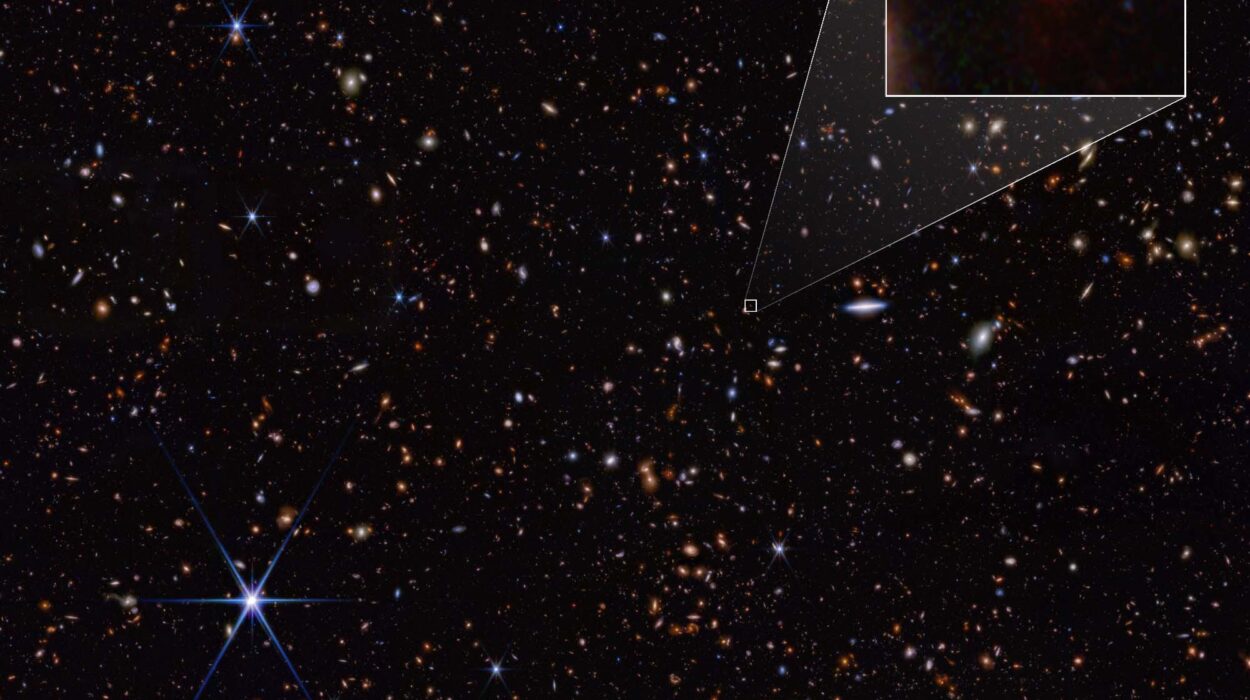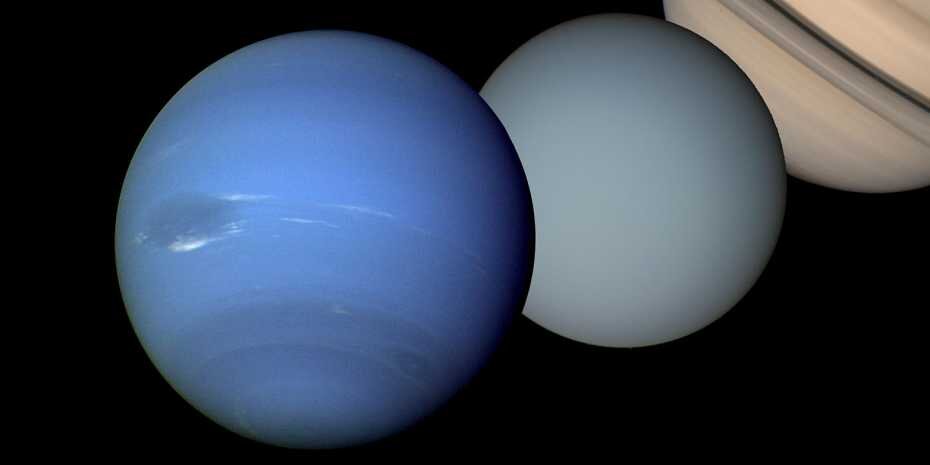For millennia, the Moon has hung in our night sky, familiar yet enigmatic. Its silvery face has inspired poets, astronomers, and dreamers across civilizations. But as familiar as the Moon may seem, humanity has only recently begun to explore its most mysterious half—the far side. This hidden hemisphere, forever turned away from Earth, remained shrouded in myth and mystery until the dawn of the space age. Now, thanks to daring missions and relentless scientific curiosity, we are beginning to unlock the secrets that lie just beyond the lunar horizon.
To understand what makes the far side of the Moon so fascinating—and so different—we must first grasp the nature of the Moon’s relationship with Earth, delve into its geological history, and retrace the bold steps humanity has taken to explore this shadowed realm. The story of the far side is not just about rocks and craters; it’s about cosmic collisions, hidden clues to the solar system’s early years, and the future of lunar exploration. This is the story of what lies beyond the Moon’s quiet face—a journey to the other side.
The Synchronous Waltz: Why One Side of the Moon Faces Earth
The Moon is tidally locked to Earth. That means it rotates on its axis at the same rate that it orbits our planet—about once every 27.3 days. This gravitational dance ensures that the same lunar hemisphere always faces Earth, leaving the far side in perpetual secrecy from our point of view. This phenomenon, called synchronous rotation, has shaped both our cultural connection to the Moon and our scientific exploration of it.
For centuries, humanity had no idea what lay on the Moon’s far side. Even Galileo’s telescope, a marvel of the early 17th century, could only show us the familiar features of the near side—its dark basaltic plains (maria), its bright highlands, and the scars of ancient impacts. The far side remained as mysterious as the farthest stars.
The First Glimpse: When Humanity First Saw the Far Side
The veil over the Moon’s hidden face was finally lifted on October 7, 1959. The Soviet spacecraft Luna 3 captured the first photographs of the Moon’s far side as it flew beyond the lunar horizon. What it revealed surprised scientists: the far side was dramatically different from the near side. Instead of vast dark maria, the far side was dominated by rugged, mountainous highlands, peppered with craters and largely devoid of the dark volcanic plains visible from Earth.
This asymmetry was startling and raised fundamental questions. Why did one hemisphere look so different from the other? What geological processes sculpted such contrasting landscapes? The mystery of the far side wasn’t just aesthetic—it was scientific, and it demanded answers.
The Geological Tale of Two Faces
The Moon is a celestial storyteller, and its surface is a palimpsest of ancient cataclysms. The far side and near side tell two contrasting but interconnected narratives. To understand the geological differences between the two hemispheres, scientists have studied both direct lunar samples and data from orbiting spacecraft.
The near side’s maria were formed by ancient volcanic activity. Roughly 3 to 4 billion years ago, massive impacts created basins that were later flooded by molten basalt. These dark, smooth plains give the Moon its iconic appearance and form the shapes that humans have interpreted as the “Man in the Moon” or the “Rabbit in the Moon.”
The far side, in contrast, has very little volcanic activity preserved on its surface. It is older, thicker, and covered with heavily cratered highlands. One prevailing theory suggests that the Moon’s crust is thicker on the far side, which made it more difficult for magma to reach the surface and form maria. The reasons for this thickness difference may date back to the Moon’s formation—a colossal impact between Earth and a Mars-sized object named Theia that flung debris into orbit, which eventually coalesced into the Moon.
This giant impact hypothesis explains much about the Moon’s structure, but the asymmetry between the hemispheres remains one of its most intriguing features. The far side’s ancient, cratered surface preserves a record of early solar system history that has long since been erased on more geologically active planets.
The South Pole–Aitken Basin: A Window into the Deep Lunar Past
Among the many features of the Moon’s far side, one stands out both for its sheer scale and scientific importance: the South Pole–Aitken Basin. Stretching roughly 2,500 kilometers in diameter and up to 8 kilometers deep, it is one of the largest and oldest impact structures in the entire solar system.
This colossal crater is a geological treasure trove. Formed over 4 billion years ago, it likely punched through the Moon’s crust and exposed mantle material—pristine rock from the Moon’s interior. Studying this basin offers scientists a unique opportunity to peer into the deep history of lunar formation and evolution.
Because of its age, the South Pole–Aitken Basin preserves a timeline of impacts and processes from a time when Earth itself was undergoing heavy bombardment. Unlocking the secrets buried in this basin may help answer fundamental questions about the early solar system, the nature of planetary crusts, and the origins of life on Earth, which may have been shaped by these cosmic collisions.
The Far Side’s Radio Silence: A Quiet Zone for Cosmic Listening
One of the far side’s most remarkable qualities isn’t something you can see—it’s what you don’t hear. Because the Moon blocks Earth’s radio emissions, the far side is the quietest place in the inner solar system in terms of radio frequency interference. This makes it a perfect location for sensitive radio telescopes.
From Earth, our ability to study the universe at long radio wavelengths is hindered by human-generated signals and our own planet’s ionosphere, which reflects low-frequency radio waves. But on the far side of the Moon, shielded from this interference, scientists could build observatories capable of detecting faint whispers from the early universe—signals from the “cosmic dawn,” when the first stars and galaxies formed.
Establishing a radio observatory on the far side could revolutionize our understanding of cosmology. Some have even proposed deploying antennas or robotic telescopes in the South Pole–Aitken Basin to listen to signals older than the Milky Way itself. In a real sense, the Moon’s quiet side may become our most powerful ear into the past.
The Challenge of Exploration: Why the Far Side is Difficult to Reach
While humanity has sent numerous spacecraft to orbit and land on the near side of the Moon, reaching the far side poses unique challenges. Most notably, there is no direct line of sight to Earth, making communication with far side missions impossible without relay satellites.
This hurdle was elegantly overcome by China’s Chang’e 4 mission, which became the first spacecraft to land on the far side of the Moon in January 2019. Before the lander’s descent, China launched a relay satellite called Queqiao into a special orbit around the Moon’s L2 Lagrange point. From there, Queqiao could relay signals between Earth and Chang’e 4, enabling real-time data transmission.
The Chang’e 4 mission marked a turning point in lunar exploration. It carried a lander and a rover, Yutu-2, which began exploring the lunar surface, studying soil composition, mineralogy, and radiation levels. This mission was not just a technological triumph; it opened a new chapter in humanity’s exploration of truly alien terrain.
What We’ve Found: The Far Side’s Surface Revealed
The data returned from Chang’e 4 and earlier orbiters such as NASA’s Lunar Reconnaissance Orbiter and India’s Chandrayaan-1 has painted a more detailed picture of the far side. We now know that the far side has higher concentrations of certain types of minerals, such as anorthosite, which forms the bright crustal highlands. It is also home to numerous impact craters of immense scale, such as Tsiolkovskiy and Van de Graaff.
The soil, or regolith, on the far side has been found to contain glassy particles formed from ancient impacts and a surprising diversity of materials. Unlike the basalt-dominated near side, the far side’s surface appears more primitive, less altered by lava flows, and more reflective of the Moon’s early crust.
What we have yet to find may be even more tantalizing. Scientists believe the far side could harbor rare isotopes and minerals not found elsewhere on the Moon, as well as clues to the history of lunar volcanism, magnetism, and even the potential for ice in permanently shadowed craters near the south pole.
The Future of Far Side Exploration: Bases, Telescopes, and Beyond
With its pristine surface, scientific promise, and strategic advantages, the far side of the Moon is poised to become a hub for future exploration. Both national space agencies and private ventures are eyeing the far side for upcoming missions, scientific experiments, and even the first lunar base.
One of the most compelling goals is to return samples from the far side. While Apollo astronauts brought back hundreds of kilograms of lunar rock, all came from the near side. Retrieving samples from the South Pole–Aitken Basin or other far side locations could dramatically enhance our understanding of the Moon’s composition and evolution.
Longer term, some have proposed establishing a permanent scientific outpost on the far side, akin to research stations in Antarctica. Such a base could support telescopes, seismic instruments, and other experiments—perhaps even serve as a test bed for Mars missions.
Robotic missions will undoubtedly pave the way, but crewed missions to the far side are increasingly within the realm of possibility. With the development of NASA’s Artemis program and commercial lunar landers, humanity is edging closer to walking on—and studying—the Moon’s mysterious half.
A Lunar Mirror: Reflecting on Earth and Ourselves
As we explore the Moon’s far side, we do more than study rocks and regolith—we confront our place in the cosmos. The far side has never looked down upon Earth. It has never reflected our light. Yet now, for the first time, it is a landscape we are beginning to touch, study, and perhaps one day inhabit.
In exploring the far side, we reach not just across space, but back through time. We listen for echoes of ancient galaxies. We study scars from the solar system’s violent youth. We consider the fragility of our planet and the boldness of our ambition. The far side becomes a kind of mirror—one that doesn’t reflect our image, but reveals our nature.
Conclusion: A New Dawn on the Dark Side
The far side of the Moon, once the realm of mystery and imagination, is now a frontier of science and exploration. Its rugged terrain and radio silence, once barriers, are now assets. Its ancient craters and hidden minerals offer keys to unlocking the story of the Moon, the Earth, and the solar system itself.
As we continue our journey into the unknown, the far side reminds us of the power of curiosity and the promise of exploration. Just beyond the horizon lies a world we are only beginning to know—a world that, like the Moon itself, is full of silent wonder, waiting to speak to those who dare to listen.
